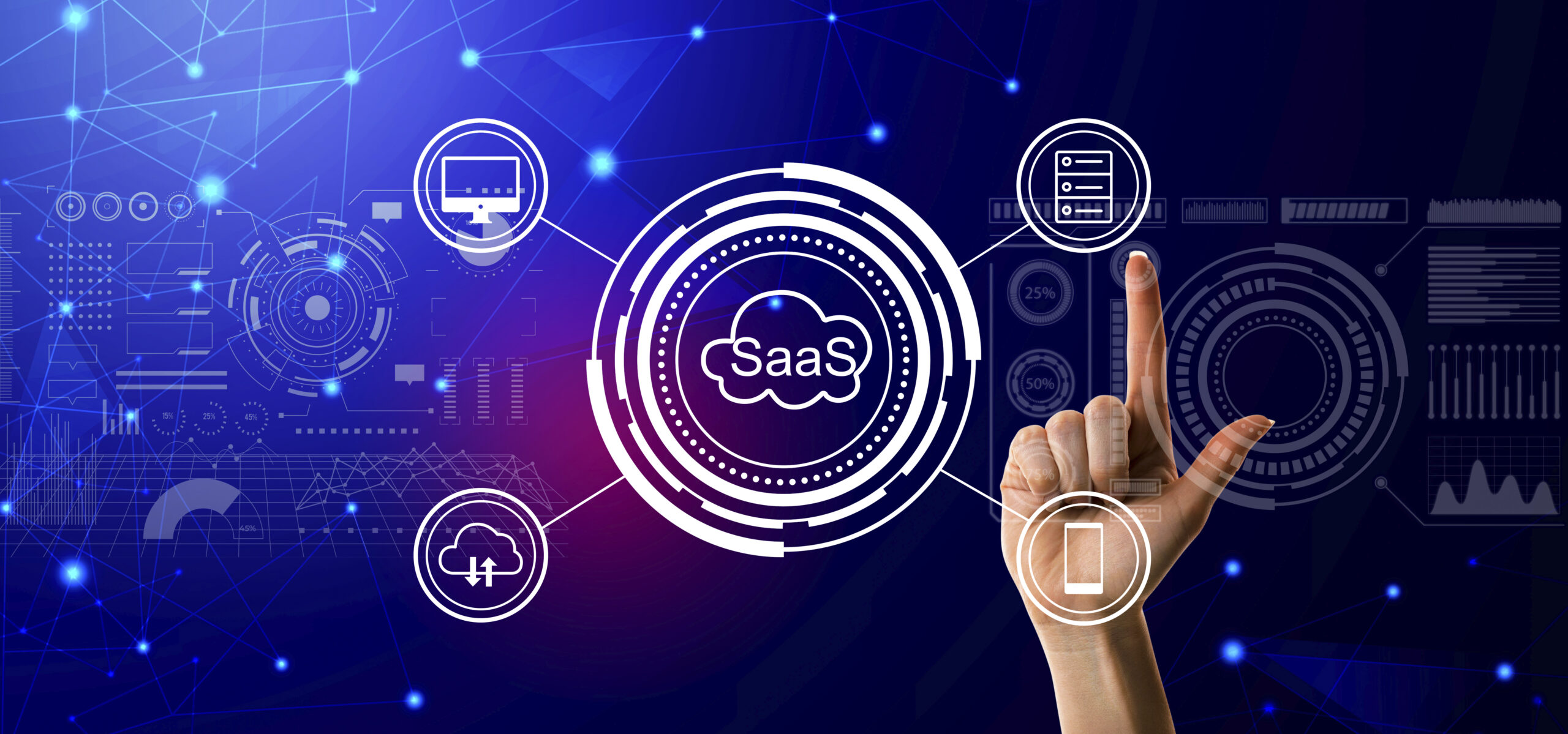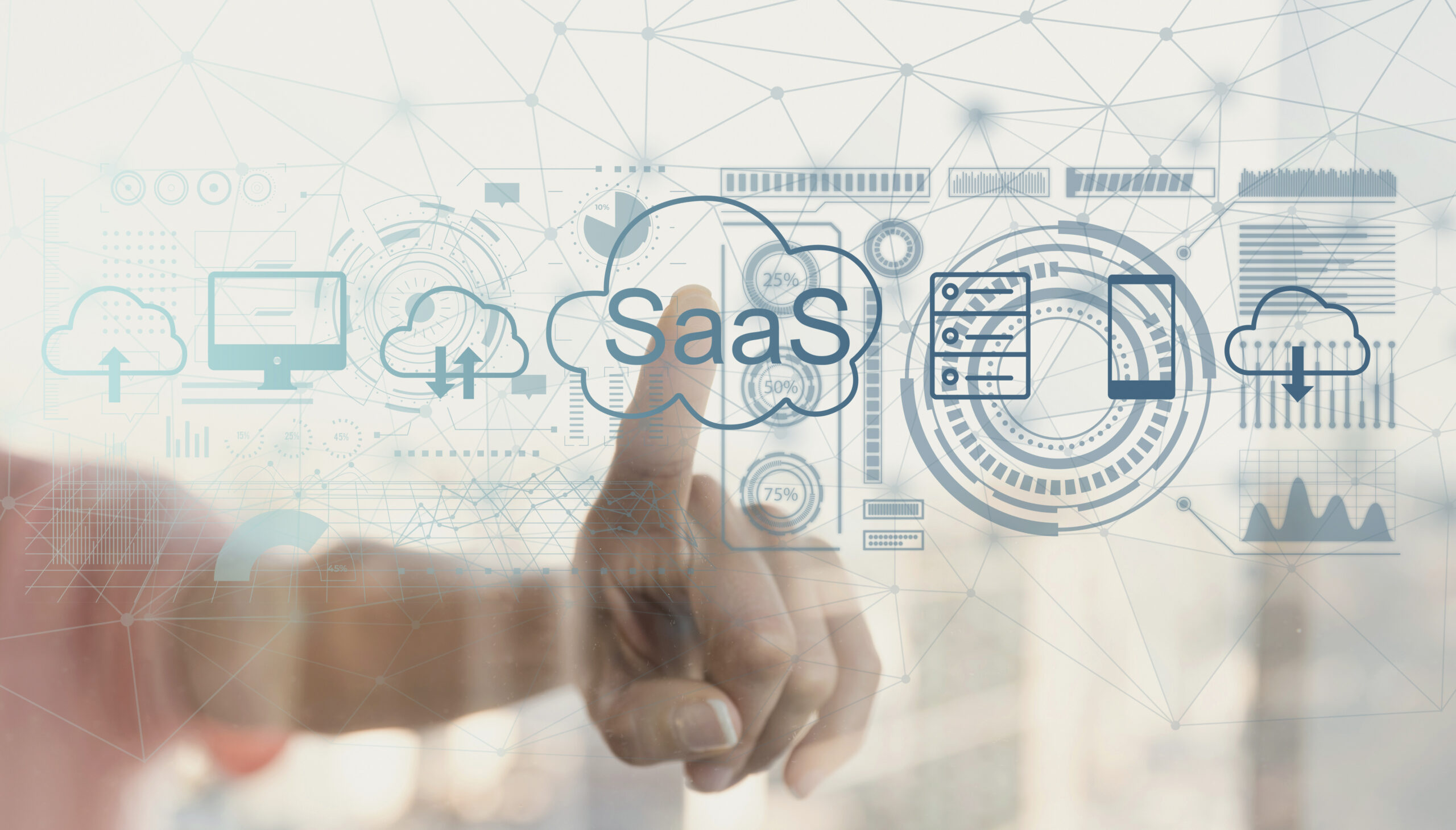An ERP system and software is the backbone of modern business operations, integrating multiple processes into a unified platform. From finance and HR to supply chain and manufacturing, ERP (Enterprise Resource Planning) ensures seamless collaboration, accurate data flow, and informed decision-making.
This comprehensive guide covers what ERP systems and software are, their core features, benefits, types, and the top solutions available in 2025.
What is an ERP System and Software?
An ERP system is a centralized software solution designed to manage, automate, and integrate a company’s key business processes. The goal is to have a single source of truth, ensuring that every department works with the same real-time data, reducing inefficiencies and errors.
ERP software can be tailored to suit various industries, from manufacturing and retail to healthcare and education.
Core Features of ERP Systems and Software
1. Financial Management
- Automated billing, invoicing, and payment tracking
- Real-time financial reporting and forecasting
- Compliance with tax regulations and auditing requirements
2. Human Resource Management
- Employee data tracking and payroll automation
- Recruitment, onboarding, and training tools
- Performance evaluation and workforce analytics
3. Supply Chain & Inventory Management
- Procurement automation and vendor management
- Real-time stock tracking and demand forecasting
- Order fulfillment and logistics optimization
4. Manufacturing & Production Control
- Production scheduling and shop floor monitoring
- Quality control and maintenance tracking
- IoT integration for real-time machine performance data
5. Customer Relationship Management (CRM)
- Centralized customer database
- Lead management, sales tracking, and follow-up automation
- Improved after-sales service and customer retention
Benefits of ERP Systems and Software
Implementing ERP delivers transformational advantages, including:
- Operational Efficiency – Reduced manual work through automation
- Improved Data Accuracy – Centralized information for consistent reporting
- Faster Decision-Making – Real-time analytics and dashboards
- Cost Savings – Optimized resource allocation and reduced waste
- Scalability – Adaptable to growing business needs
Types of ERP Systems and Software
1. On-Premise ERP
Installed locally, offering full control and customization.
Best suited for businesses with strict data security requirements.
2. Cloud-Based ERP
Hosted on the vendor’s servers, providing remote accessibility, lower upfront costs, and automatic updates.
3. Hybrid ERP
A combination of on-premise and cloud capabilities for flexibility.
ERP Implementation Process
- Business Process Analysis – Identify inefficiencies and define ERP goals
- System Selection – Choose ERP software that aligns with industry and budget
- Customization & Integration – Tailor modules to workflows and link with existing systems
- Data Migration – Securely transfer historical data into ERP
- User Training & Change Management – Ensure smooth adoption among staff
- Testing & Go-Live – Validate system performance before full deployment
- Ongoing Maintenance – Regular updates and feature enhancements
Top ERP Systems and Software in 2025
- SAP S/4HANA – Powerful ERP for large enterprises with AI-driven analytics
- Oracle NetSuite – Cloud-based ERP with strong financial and CRM capabilities
- Microsoft Dynamics 365 – AI-powered ERP integrated with Microsoft’s ecosystem
- Odoo – Open-source ERP ideal for SMEs with modular flexibility
- TallyPrime – Cost-effective ERP for small and medium Indian businesses
Future Trends in ERP Systems and Software
- AI-Driven Automation – Smarter workflows with predictive analytics
- IoT-Integrated ERP – Real-time tracking of assets and production lines
- Blockchain in ERP – Improved transparency and security in transactions
- Mobile ERP Solutions – Access ERP from anywhere, anytime
- Industry-Specific ERP – Custom modules for niche business sectors
How to Choose the Best ERP System and Software
When selecting an ERP solution, focus on:
- Business Size & Industry Fit
- Ease of Integration with Existing Tools
- Customization Flexibility
- User Experience & Training Support
- Total Cost of Ownership (TCO)
Conclusion
An ERP system and software is more than just a technology investment—it’s a strategic move to improve efficiency, cut costs, and drive growth. With the right ERP solution in place, businesses can unify operations, make smarter decisions, and thrive in an increasingly competitive landscape.














